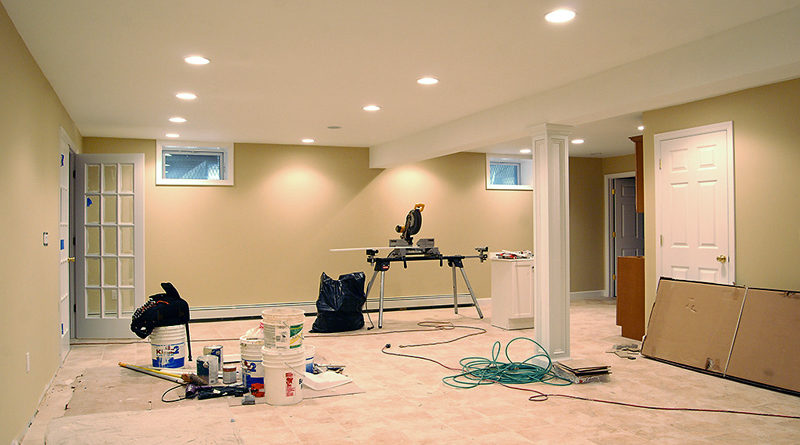8 Great Floor Ideas for Your Basement Renovation … #5 Is A Favorite!
So, you’ve decided to finally clean up the basement and do some work. You can handle basement remodeling on your own, or you can hire a contractor. One of the things that people take time to consider are the basement floor designs.
It’s not so much as to how it looks, but you should consider its function and durability. Most homeowners want to be practical about it, but somehow the basement design suffers. Here, you’ll find ideas to have high-quality, but aesthetically-pleasing, basement floors:
1. Conventional Vinyl
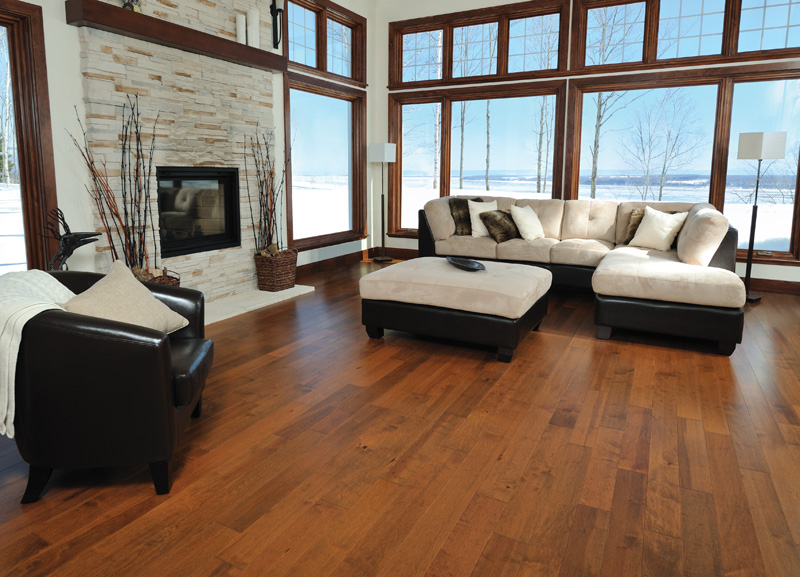
More commonly known as resilient flooring, vinyl is probably one of the best options for your basement floor plan. You can opt to go for vinyl sheets, where you can create a seamless look for your basement floor.
It’s also best for basements that easily develop and have extra moisture. Tile vinyl, on the other hand, could invite moisture because of its seams. It’s very inexpensive and it’s a great deal warmer than tiles or ceramic, but they need a clean surface for adhesion.
2. Porcelain Tiles in Planks
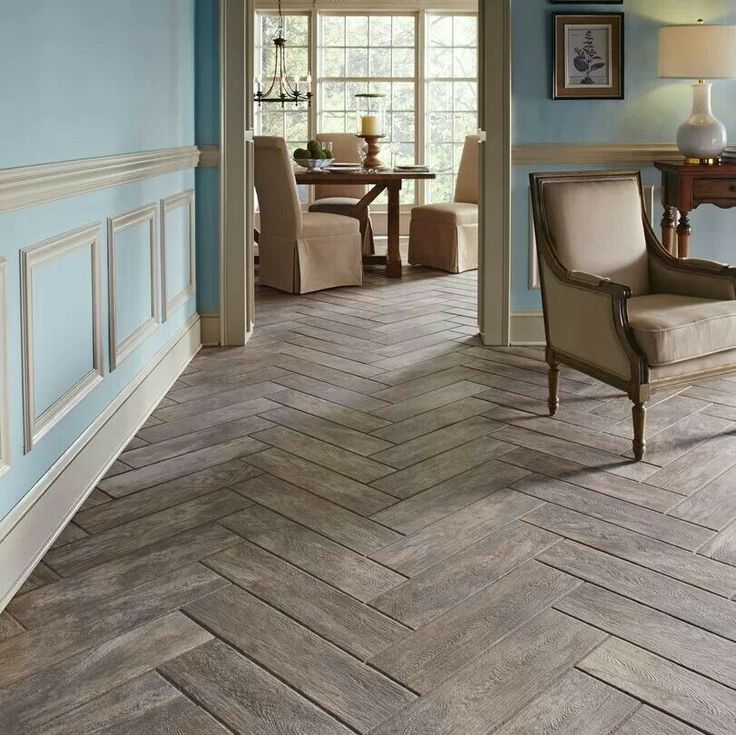
This might be one of the best options there is out there for basement remodeling, because it’s completely waterproof. These planks offer a great design feature in your basement that you would greatly appreciate.
So much so, that you could actually forget they’re porcelain tiles! But because they’re porcelain, they come at a high price. Its high durability won’t come cheap, so be prepared. Some tiles also get cold, so you’ll need a few heating mats underneath.
3. Luxury Vinyl Tile
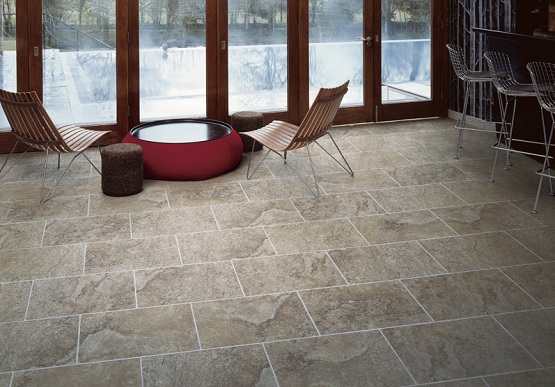
LVTs are not your typical “stone” floor because they’re actually vinyl set to replicate the purpose and look of stone. It has a very elegant look, is thicker, and is more durable than most materials. The big underside is that it’s quite expensive. Plus, the stone look actually takes away the warm feeling of the basement design. So if you’re after a warm and comforting look, this might not be the best option.
4. Plain Tiles
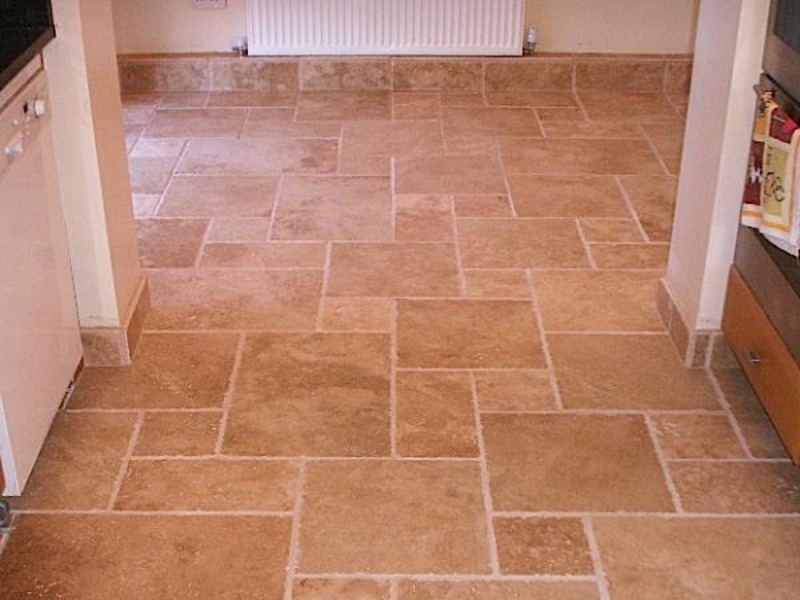
These tiles could get seriously cold, but they’re the best in the market when it comes to being the easiest to lay out (if you want to do it on your own), and durability when it comes to flooding. They also come in cheap, which is great for those who are on a strict budget.
You just need radiant heating for your floors, and you’re good to go! The only problem with this is when you lay them out in your basement floor design, you might need to do a bit of cutting and trimming, and those really never go well. So select your tiles wisely!
5. Luxury Vinyl Plank
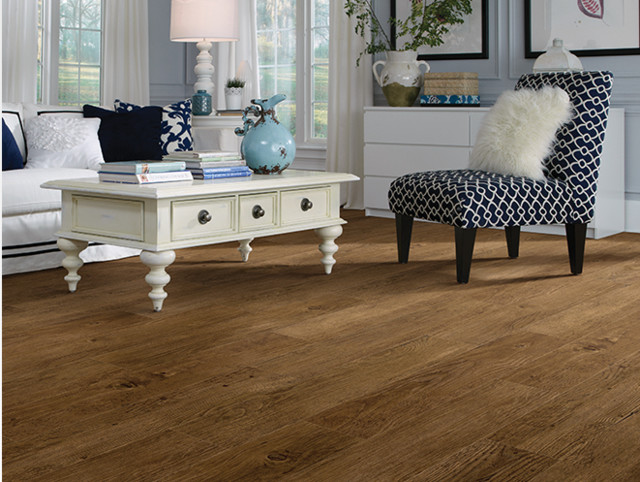
The difference of planks with LVTs is that they are a much better substitute because of their very realistic looks. They are also warmer, you can count of its durability, and the overall look is simply amazing on your basement design. The planks are big enough to not invite moisture, although there is still a chance, so you might want to consider waterproofing in your basement remodeling.
6. Conventional Laminate
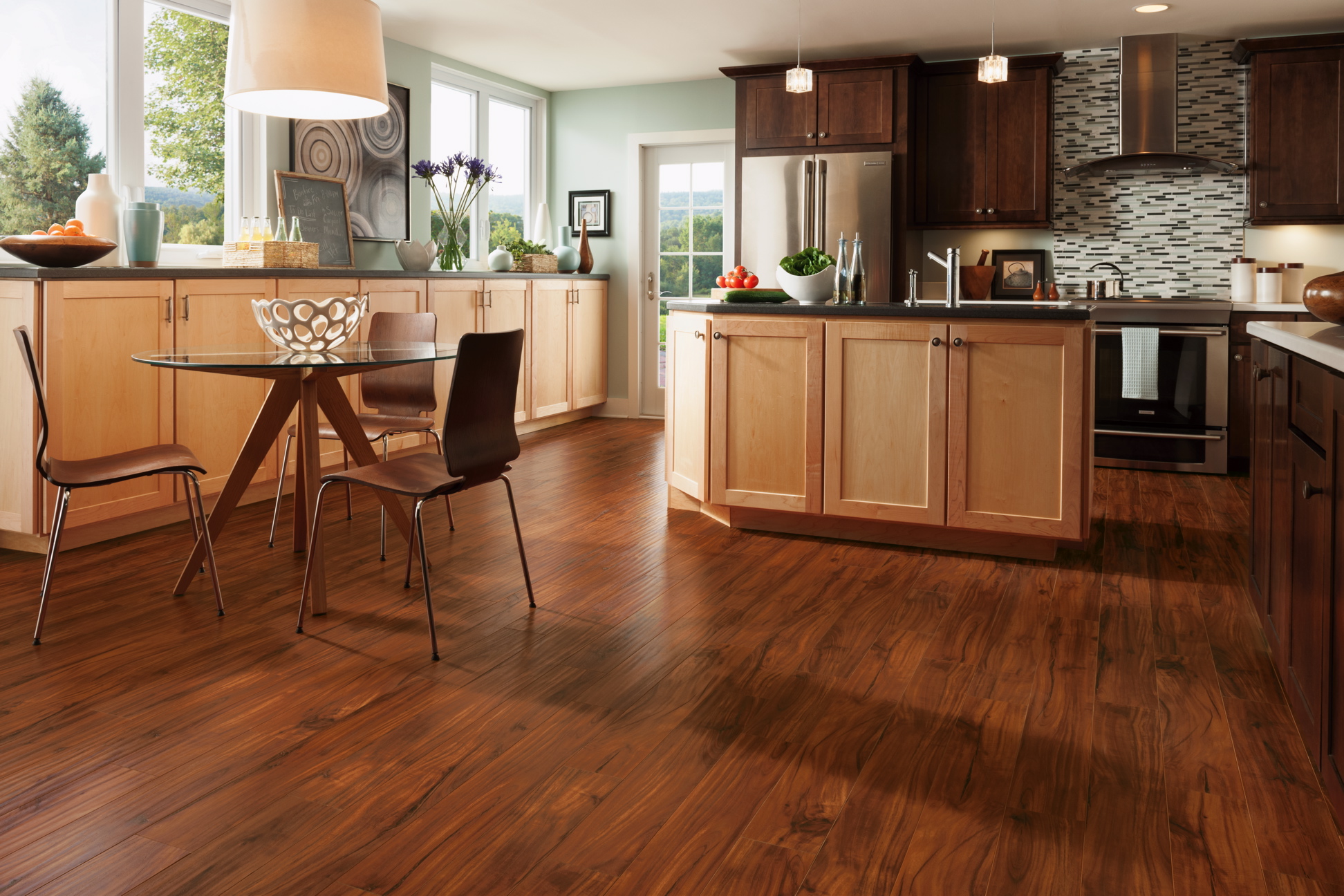
Until very recently, laminating the basement floor has been considered the best option there is. It’s one of the warmest options for materials, you don’t need a contractor to install it, and it’s easy to waterproof because there are laminates available that are already waterproof. The hardest part of choosing floor lamination is the installation of a sub-floor. Without it, your lamination will not withstand anything.
7. Engineered Wood
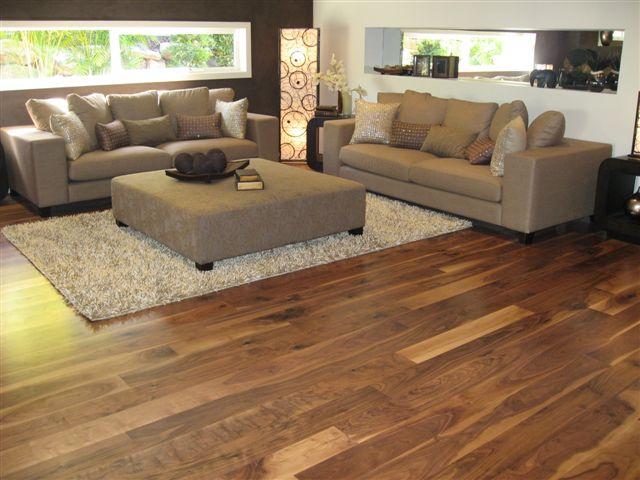
You should know that wood should never be an option for your basement floor plans. However, engineered wood is a much more stable option because it can withstand moisture better than organic, actual wood.
It’s quite sought after more because of its looks and not because of its durability. Nevertheless, it’s still a good option for your basement floor. If you are going with engineered wood, you better have a thick wallet because as of now, this material is the most expensive option.
8. Carpet Squares
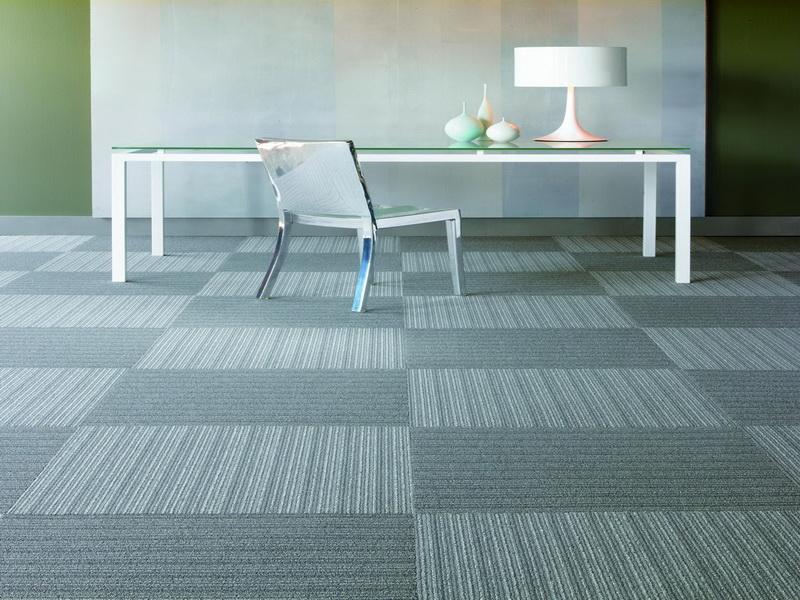
No, these are not those weird-looking carpet squares you see in the movies decades ago. These carpet squares are the more modern take of the old cranky ones, and they have more proved durability and accessibility to homemakers.
They are warm, diverse, and come in quite cheap. Sure, they easily soak up and get ruined in case of a flood, but replacing them would never be a problem. Once they’ve dried, you don’t have to pull out the entire flooring. Replacing selected damaged areas would do.
When checking out floor options, always opt for the basics of your basement: is your basement flood-free or not? Does it get too warm or too cold? Master the overall environment of your basement, and always look at the big picture. Your design should never have to suffer in remodeling your basement, not when you have all these options at hand.
Contributor:
Alex is well rounded home improvement expert. If you have questions or stuff you need to clarify regarding basement remodeling or you can check out BasementFinishPro.Com (managed and own by Alex himself) to get the exact answers you’re looking for!

